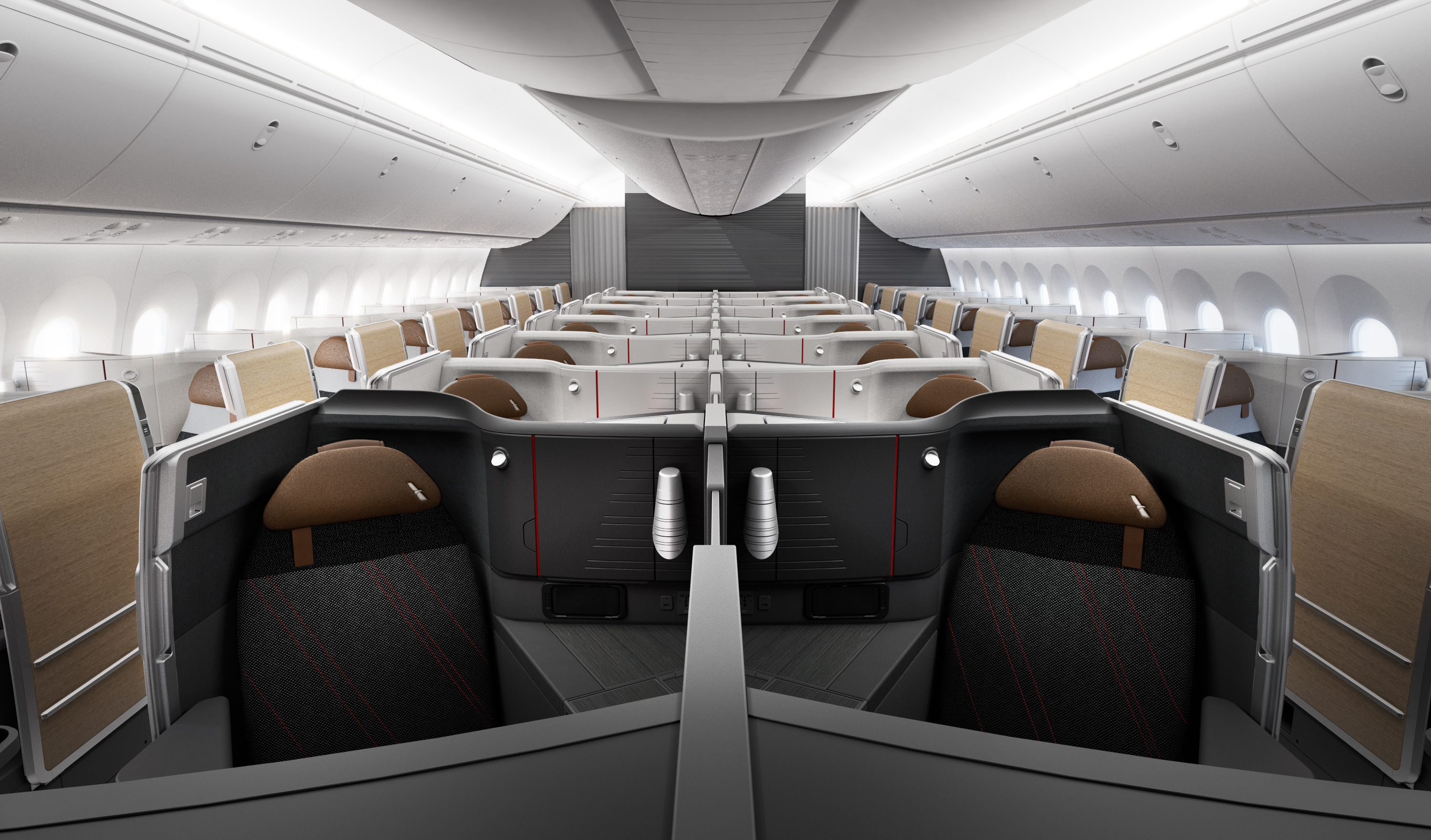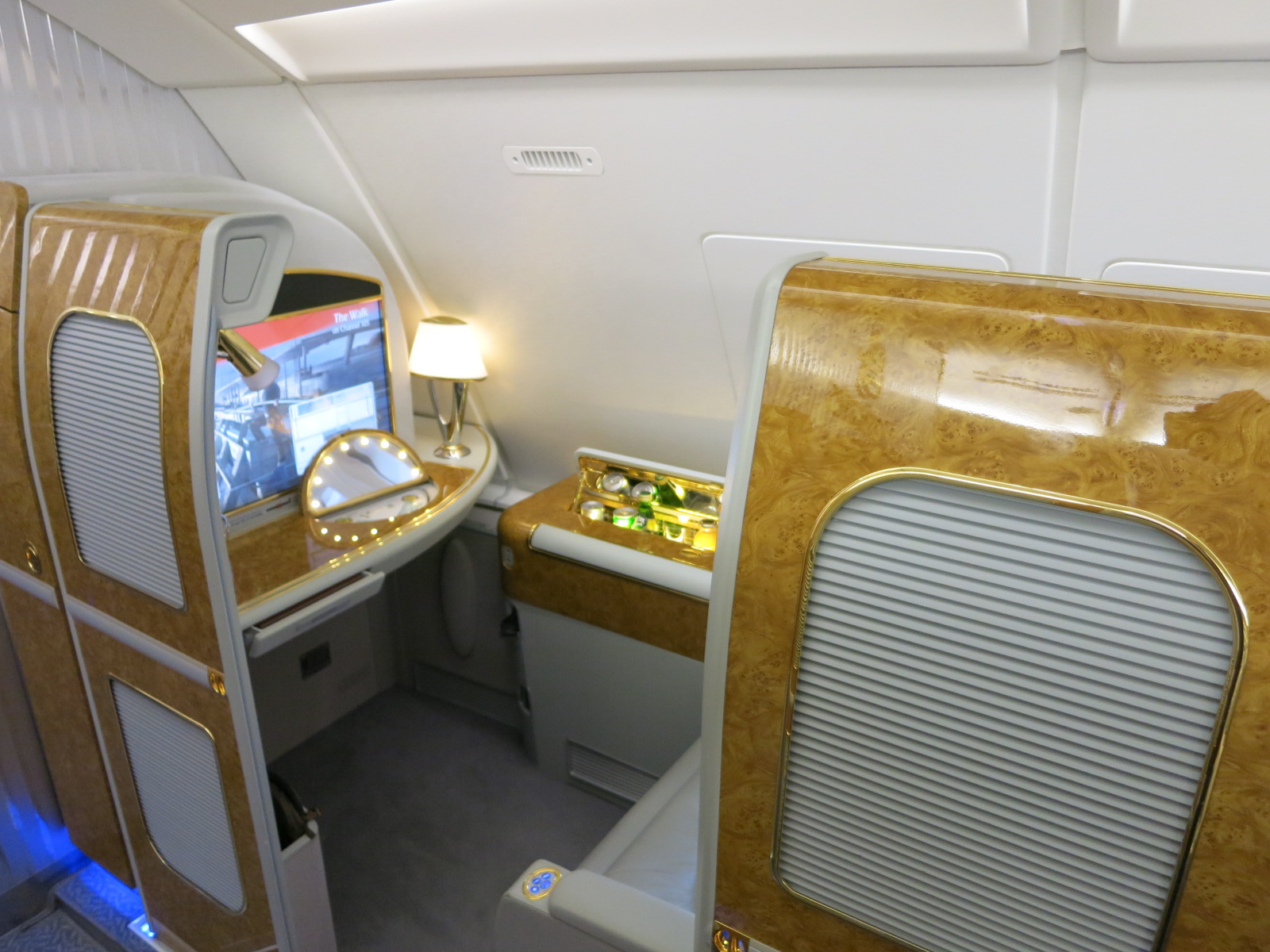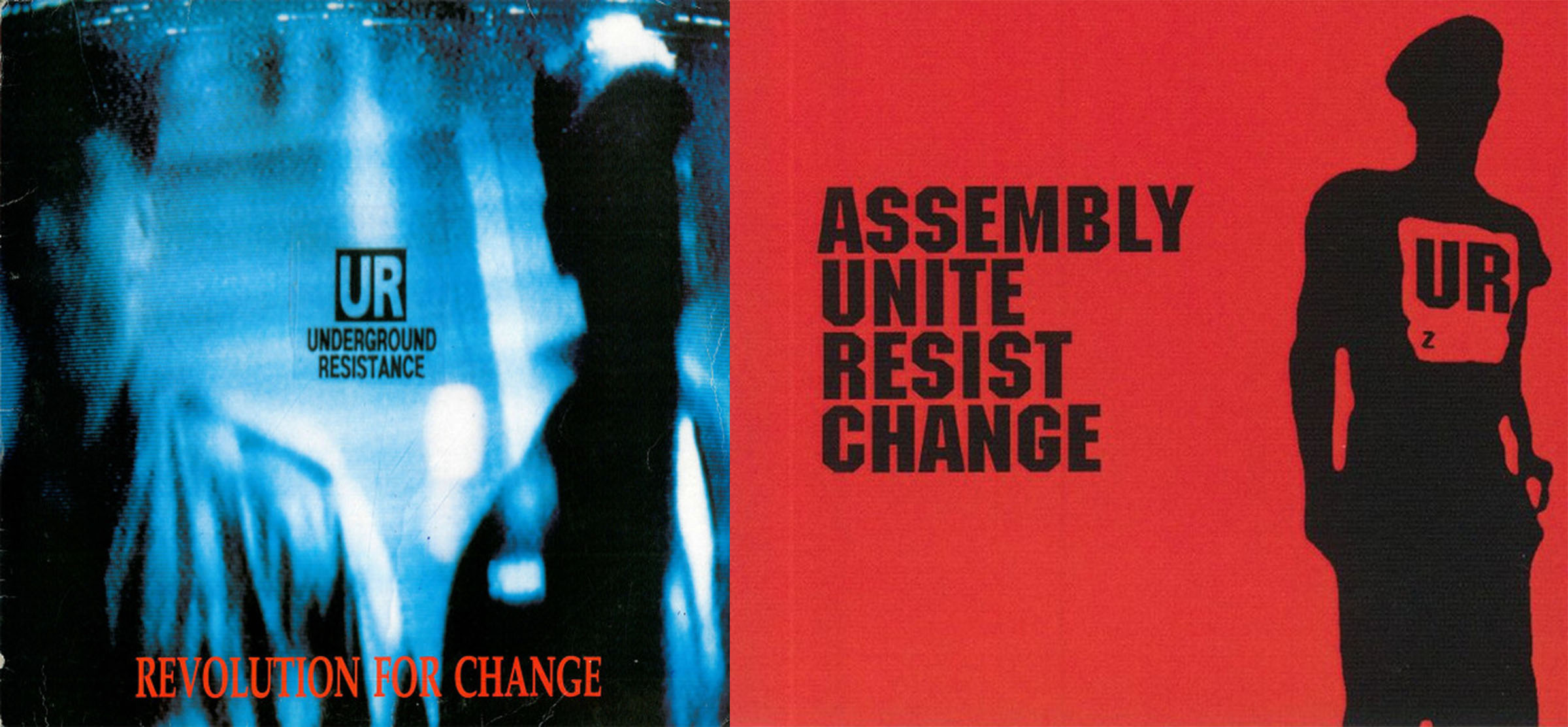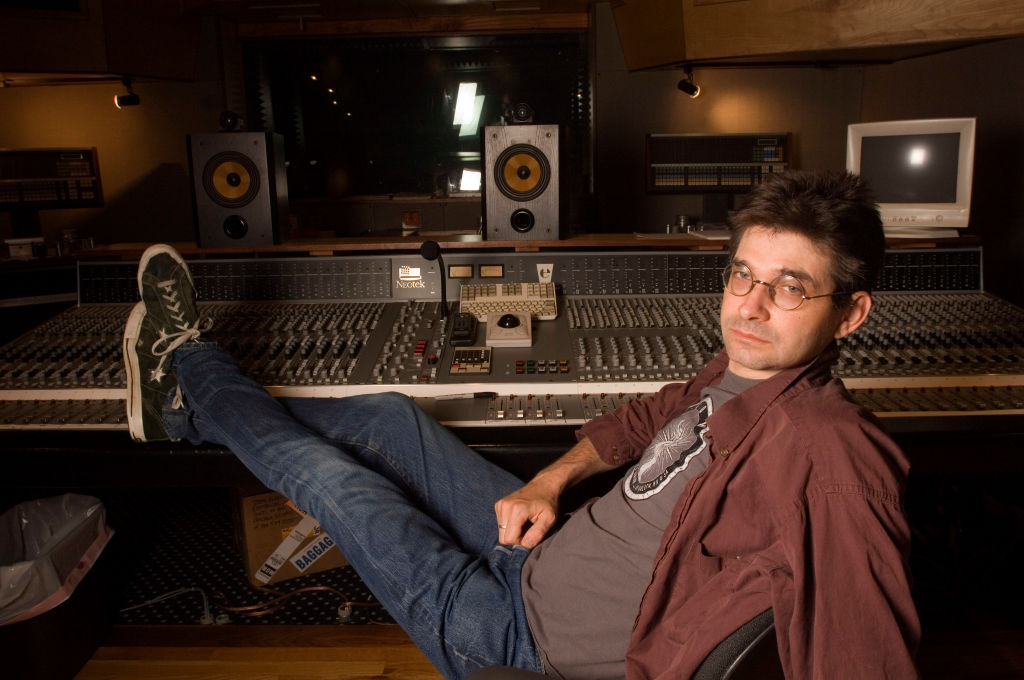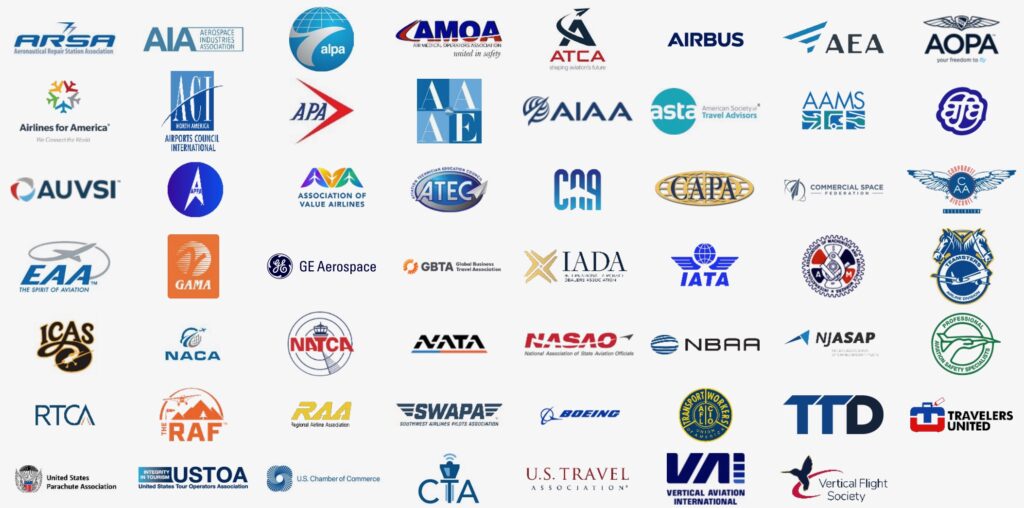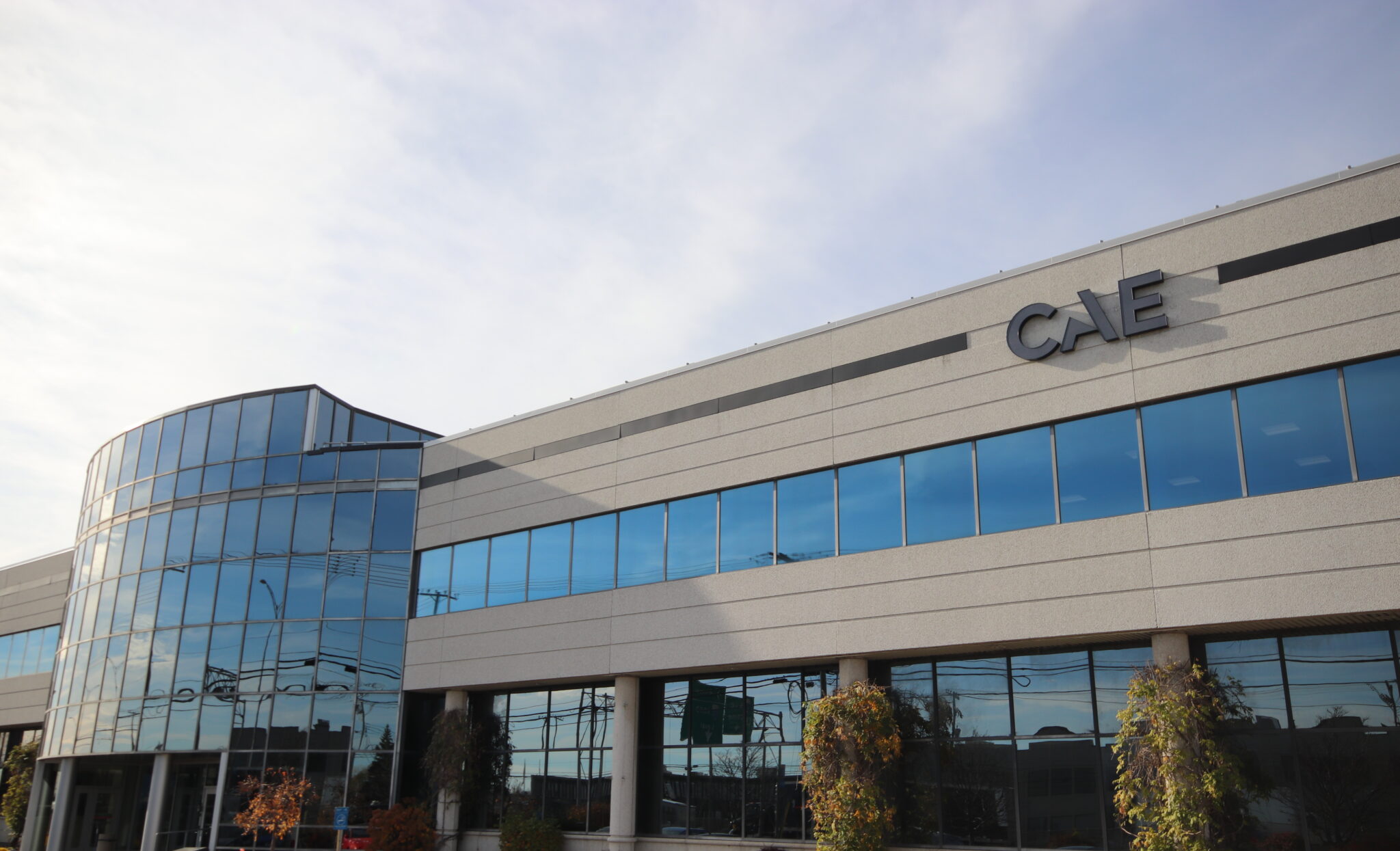Duffy eyes Newark flight cuts as ATC problems smart
U.S. Transportation Secretary Sean Duffy will meet with airlines serving Newark Liberty International Airport (EWR) on 14 May to thrash out a plan for reducing flights for “several weeks” to address air traffic control (ATC) problems, as the facility grapples with radar outages, communications failures and staffing shortages which have sparked massive disruption in recent... The post Duffy eyes Newark flight cuts as ATC problems smart appeared first on Runway Girl.

U.S. Transportation Secretary Sean Duffy will meet with airlines serving Newark Liberty International Airport (EWR) on 14 May to thrash out a plan for reducing flights for “several weeks” to address air traffic control (ATC) problems, as the facility grapples with radar outages, communications failures and staffing shortages which have sparked massive disruption in recent weeks.
“In the next several weeks, we’re going to have this reduced capacity at Newark. I’m convening a meeting of all the airlines that serve Newark, get them to agree on how they’re going to reduce the capacity,” Duffy told NBC’s Kristen Welker today on Meet the Press, days after announcing a new plan to transform the antiquated U.S. air traffic control system.
The ATC problem at Newark is indeed acute. Even as Meet the Press was being broadcast, the US Federal Aviation Administration reported another “telecommunications issue” at Philadelphia Terminal Radar Approach Control Facility (TRACON) Area C, which guides aircraft in and out of EWR airspace. “The FAA briefly slowed aircraft in and out of the airport while we ensured redundancies were working as designed,” the agency said of its temporary ground stop at EWR, which follows a string of other communications failures.
Duffy explained how the US FAA is building a new line that goes directly from EWR to the Philadelphia TRACON. “What happens now is it goes from Newark to N90 [New York TRACON] which is where it used to be controlled and then down to Philly. That doesn’t make sense. We’re going to have a direct line there.”
Noting that the line is “a long distance,” Duffy told Welker: “we think by the end of the summer, it should be completed.”
Pertinent to Duffy’s forthcoming meeting with airlines, the FAA in a notice to the Federal Register (pdf) said the gathering is scheduled for Wednesday, 14 May, and will address flight restrictions “to reduce over-scheduling and flight delays during peak hours of operation” at the airport. The meeting is open to all scheduled air carriers, irrespective of whether or not they currently serve EWR, and to the Port Authority of New York and New Jersey, which operates the airport.
Duffy said he doesn’t yet know how many flights will be cut: “The percent, I don’t know, it’s going to fluctuate too. So, in the morning and early afternoon, we’ll have more capacity. As those international flights come in, in the afternoon, we’ll slow it down a little bit more,” he said on Meet the Press.
The Transportation Secretary is concerned not only about Newark but of the entire National Airspace System (NAS). In a somewhat shocking admission, he said: “The equipment that we use, much of it we can’t buy parts for new. We have to go on eBay and buy parts, if one part goes down. [We’re] dealing with really old equipment. We’re dealing with copper wires, not high-speed fiber.”
The system is old, right, this is a system that’s 25- at best, sometimes 50-years old. The Congress and the country haven’t paid attention to it. They expect it to work. And so now I think the lights are blinking, the sirens are turning and they’re saying ‘listen, we have to fix this because what you see in Newark is going to happen in other places across the country. It has to be fixed.’
Despite the problems, Duffy stressed that it is safe to fly in the US right now. “We are the safest airspace for sure and traveling by air is way safer than any other mode of transportation which is why I take it, my family takes it, but again, that doesn’t mean you don’t look over the horizon and say, ‘hey if there is a major outage, could that be a risk to life?’ Of course it could be, which is why we fix it.”
Replacing antiquated telecommunications with new fiber, wireless and satellite technologies at over 4,600 sites, adding 25,000 new radios and 475 new voice switches, and replacing 618 radars “which have gone past their life cycle” are a cornerstone to Duffy’s new plan for transforming the system, as announced on 8 May.
The plan would also increase the number of airports with Surface Awareness Initiative (SAI) to 200; build six new ATC centers for the first time since the 1960s and replace towers and TRACONS; and install new modern hardware and software for all air traffic facilities to create a common platform system throughout towers, TRACONs and centers. Additionally, the scheme will address reliability challenges facing the state of Alaska by adding 174 new weather stations.
Newark serves as a key hub for United Airlines. “This really is a historic day — a day I have been looking forward to my entire career when I felt like we have turned the corner and are on the path to give the United States the best-in-class air traffic control system that the citizens of the United States deserve,” said United CEO Scott Kirby when Duffy’s plan was released. United has, meanwhile, voluntarily reduced its flight schedule at EWR in the face of the ATC problems and operational disruptions.
Also championing Duffy and the Trump Administration’s strategy is a new aviation coalition comprising more than 50 aviation industry organizations, including Airbus, Boeing and major airline and union associations.
“We are pleased that the Secretary has identified the priorities of what must be done to maintain safety and remain a leader in air navigation services,” said the new Modern Skies Coalition, which counts Aerospace Industries Association (AIA), Airlines 4 America, Air Line Pilots Association, Airports Council International, the International Air Transport Association, GE Aerospace and a raft of others as members.
“We applaud the Administration’s budget request of $4 billion for FAA’s technology and facilities account (F&E), which is higher than ever before. However, based on decades of Federal budgets not even keeping up with inflation, the system is in serious need of continued sufficient budget requests as well as an immediate robust infusion of resources.”
The coalition continued: “We applaud [House Transportation and Infrastructure Committee] Chairman Graves’ critical first step in moving forward on $12.5 billion of funding. As the Modern Skies Coalition and Chairman Graves have indicated, this was a down payment to address these systemic, ongoing problems. Based on our analysis, we believe a minimum of $18.5 billion in additional emergency funding should be appropriated over the next three years above the FAA’s annual F&E budget. The staffing and technology challenges facing the NAS did not appear overnight and will require strong leadership and oversight to hold FAA accountable to maximize the value and effectiveness of these investment resources and deliver a world class system.”
As part of its campaign, the massive group is running a 30-second video on social media and streaming services, and may also run it on select TV programs within the Capital Beltway “to reach key audiences including members of Congress”.
Meanwhile, the 29 January mid-air collision between an American Airlines CRJ900, on final approach to Reagan National Airport (DCA), and a United States Army Sikorsky UH-60 Black Hawk helicopter, which killed all 67 people aboard both aircraft; plus a more recent scare at DCA involving the presence of another helicopter, further shine the spotlight on the need for action across the National Airspace System.
Duffy told Welker today: “Someone should have seen that there were 80 near-misses at the DCA airspace. Someone should have seen it, and stopped that cross traffic. I need to look and say, ‘well what is the other risk that exists in the airspace’ and I should see it and I should fix it. And that’s what I’m doing here. Before you lose life, I want to fix it so we preserve life and underscore safety.”
The post Duffy eyes Newark flight cuts as ATC problems smart appeared first on Runway Girl.







![Witness The Gory Action in the ‘DOOM: The Dark Ages’ Launch Trailer [Video]](https://bloody-disgusting.com/wp-content/uploads/2025/05/doomdarkages.jpg)




















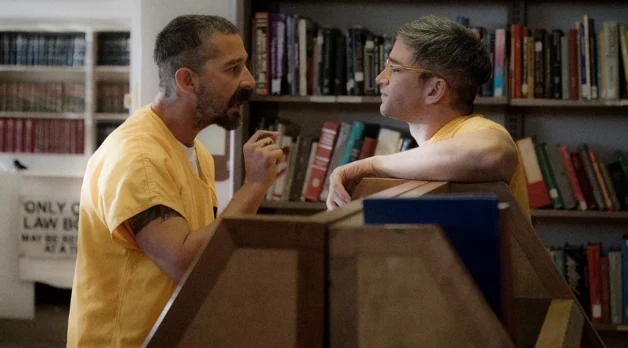

























![Hollow Rendition [on SLEEPY HOLLOW]](https://jonathanrosenbaum.net/wp-content/uploads/2010/03/sleepy-hollow32.jpg)
![It All Adds Up [FOUR CORNERS]](https://jonathanrosenbaum.net/wp-content/uploads/2010/08/fourcorners.jpg)












































![Natasha Rothwell Pitched Belinda’s Big Moment In ‘The White Lotus’ Season 3 [Interview]](https://cdn.theplaylist.net/wp-content/uploads/2025/05/09171530/NatashaRothwellWhiteLotusSeason2.jpg)



























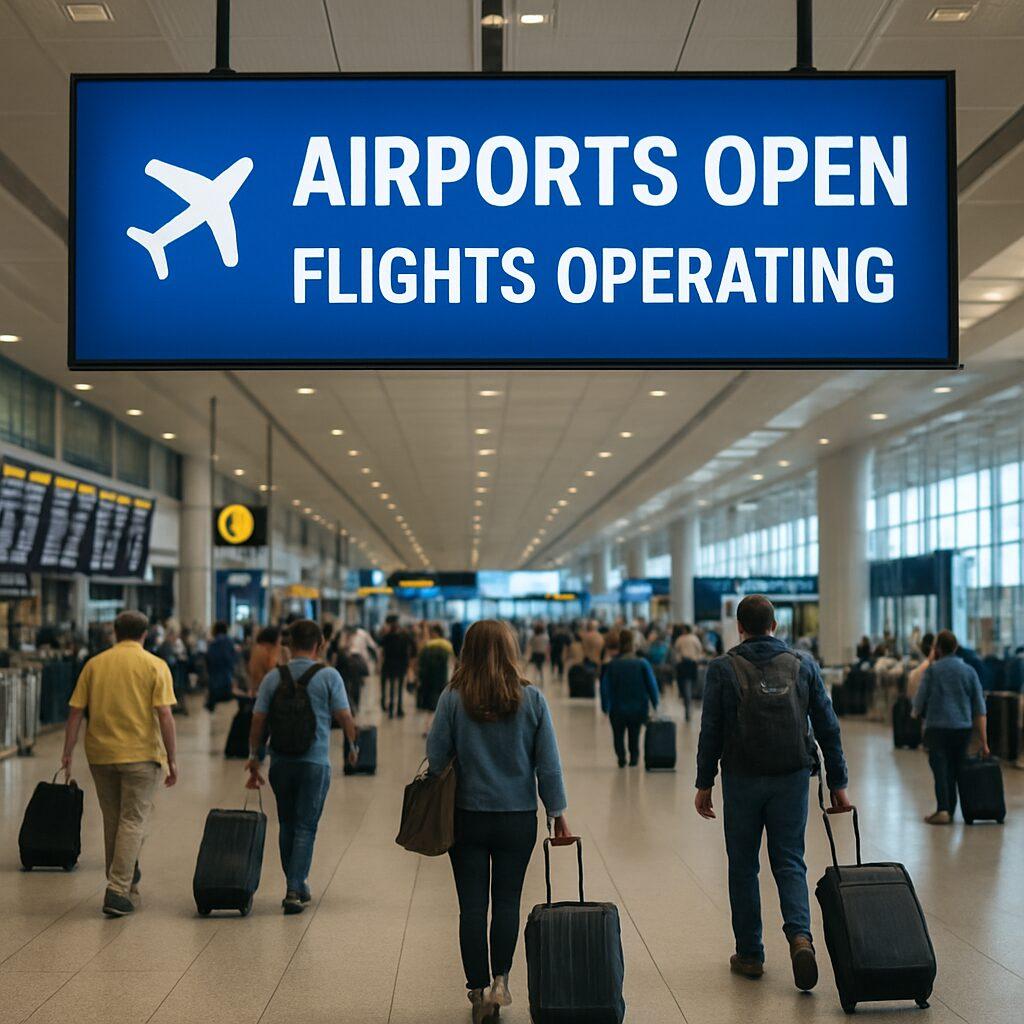
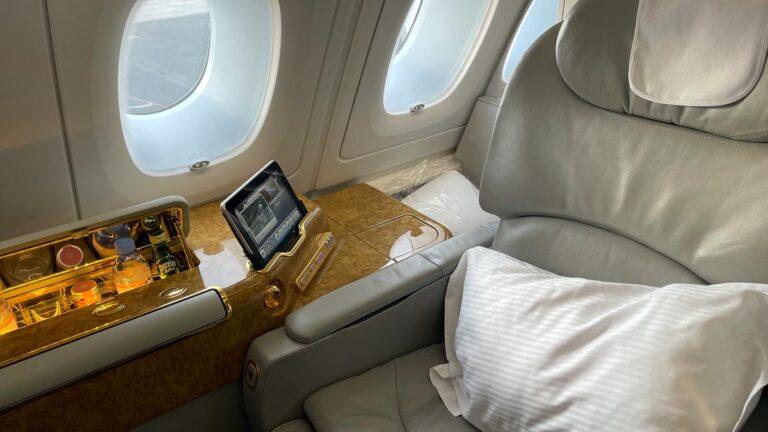
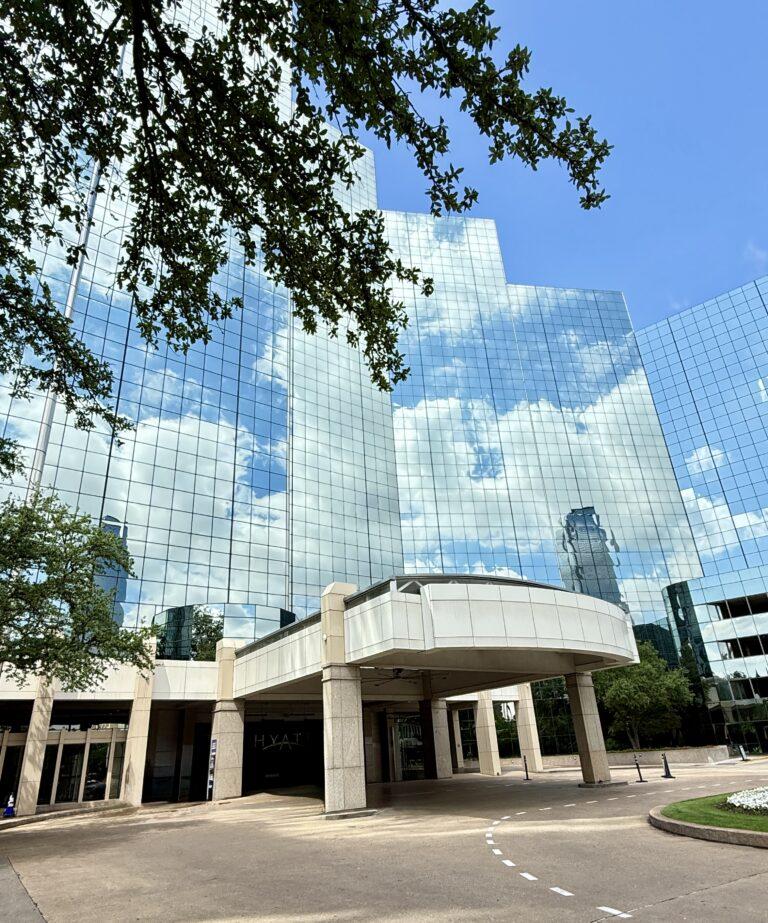








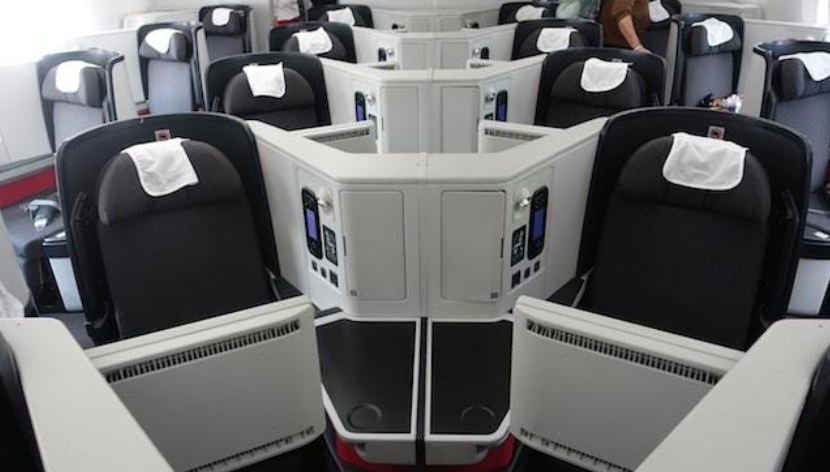





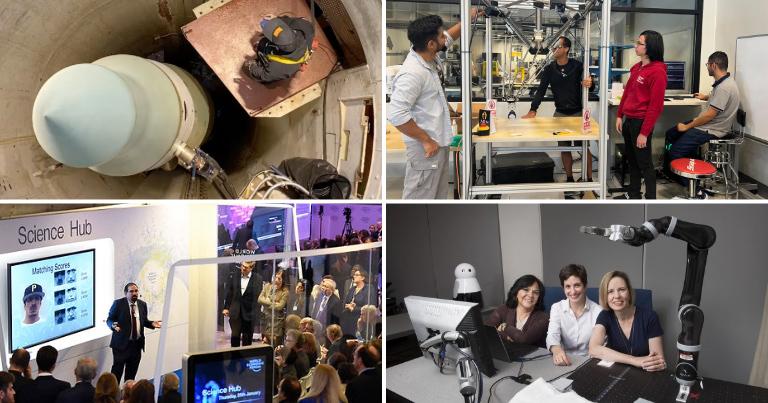

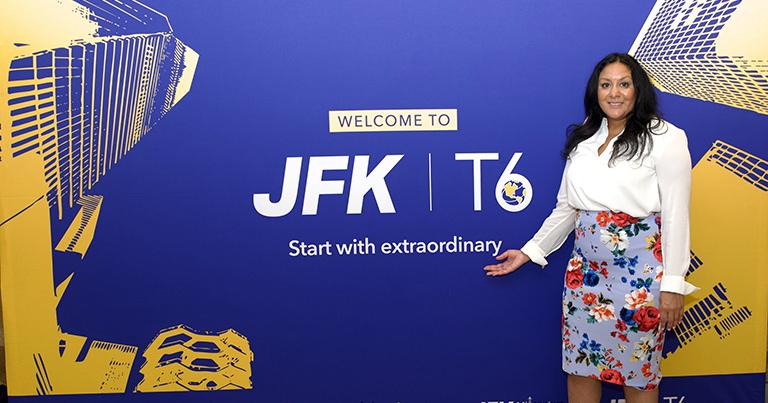
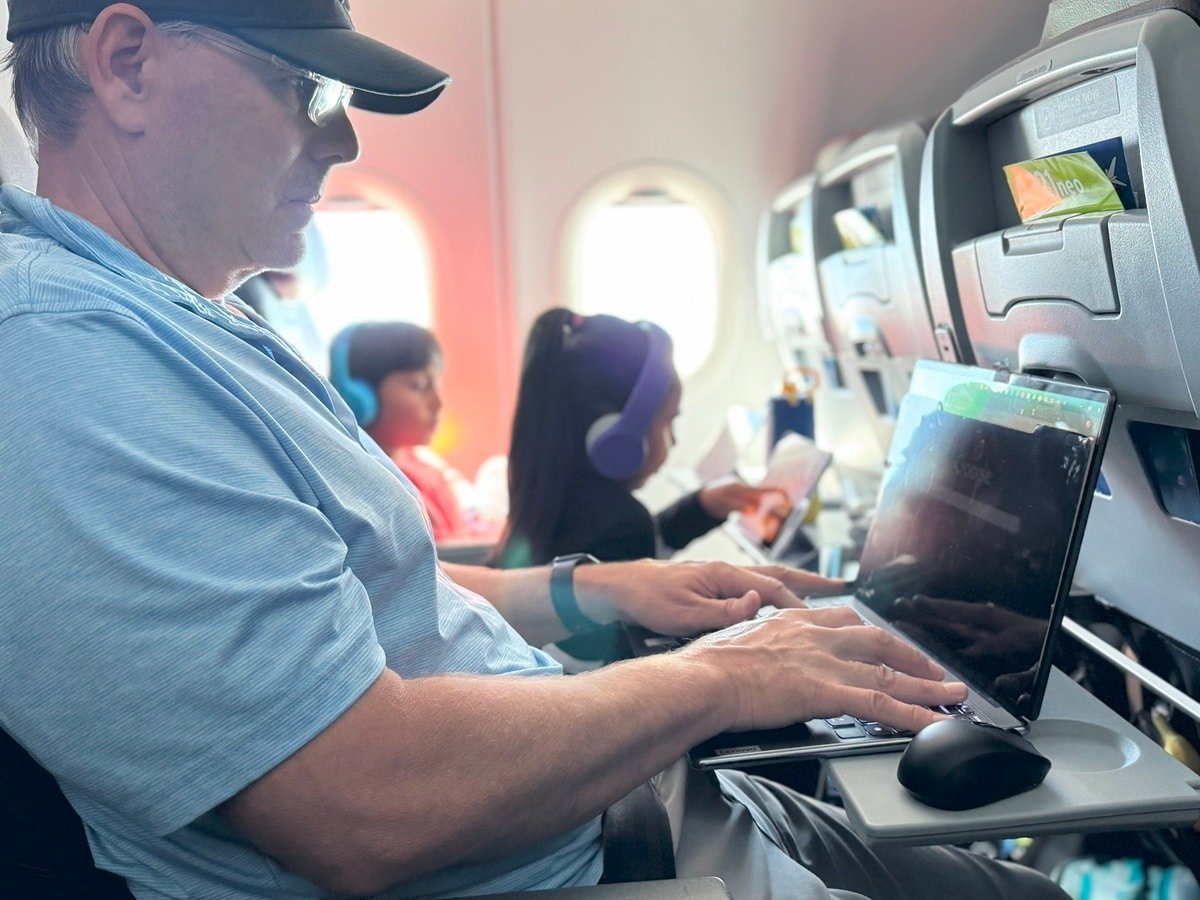
































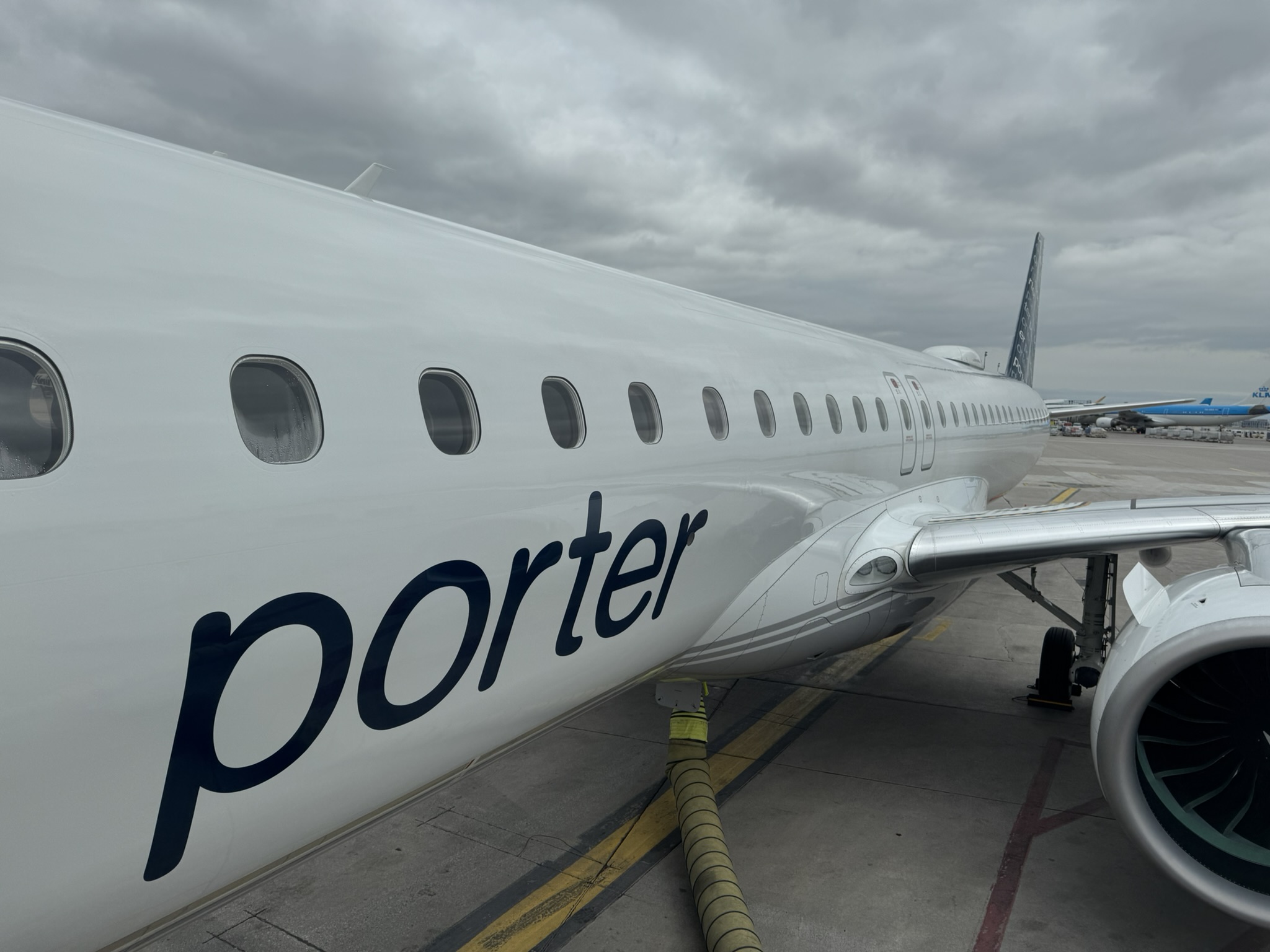
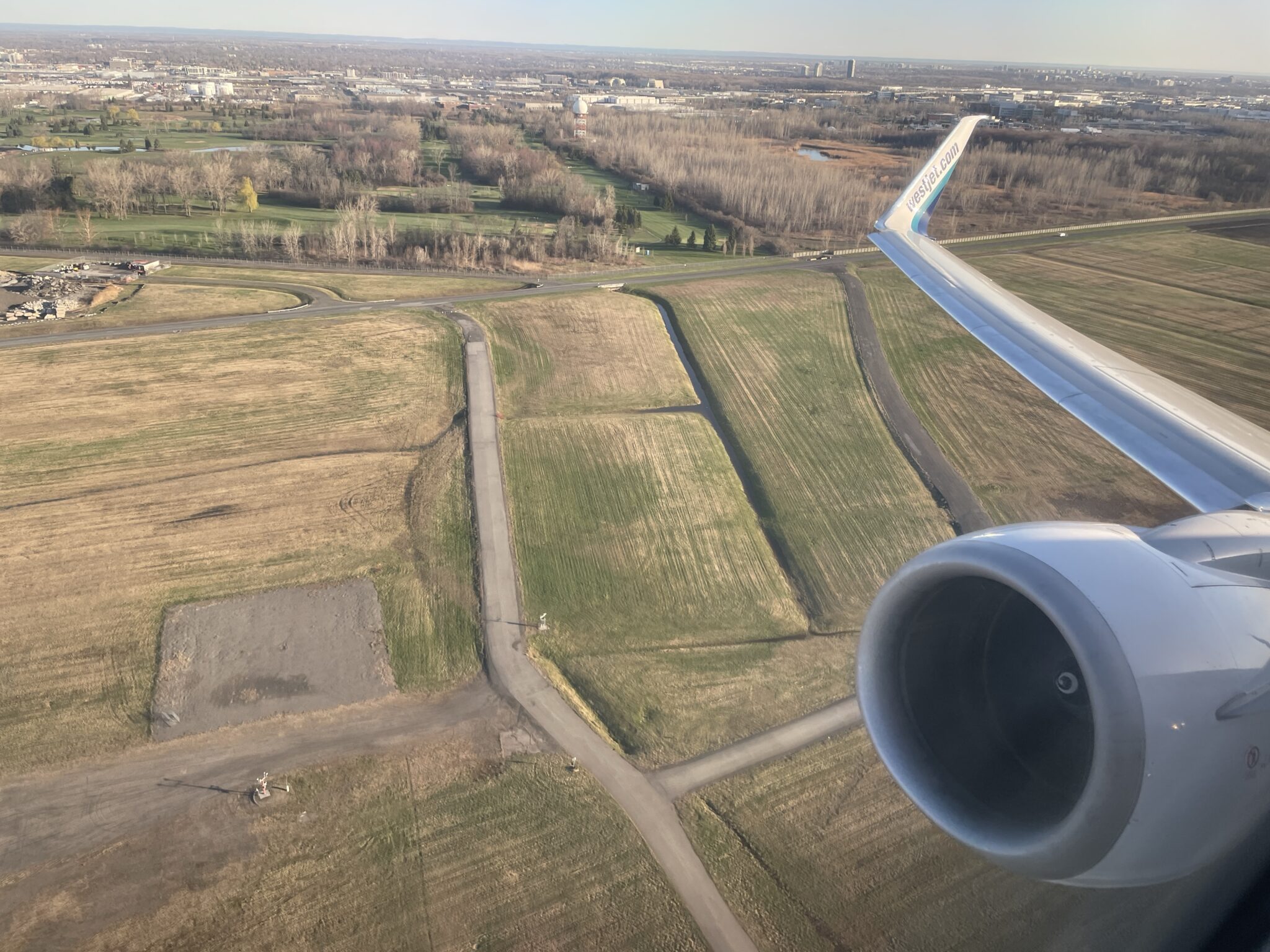
























![Southwest Passenger Breaks Down In Tears After Unexpected Kindness—Then So Does The Agent [Roundup]](https://viewfromthewing.com/wp-content/uploads/2025/05/upscalemedia-transformed-1.jpeg?#)
